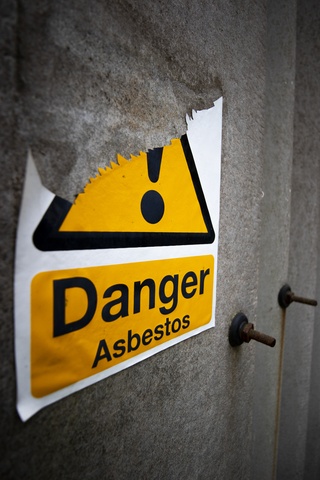Worldwide Mesothelioma Rates Decline
A new study looked at the worldwide rates of mesothelioma over the past decade. The international team of researchers hailed…
Rising worries of mesothelioma risk exposure among homes, public buildings, and work soar to record high. Do you have the right prevention measures in place?









